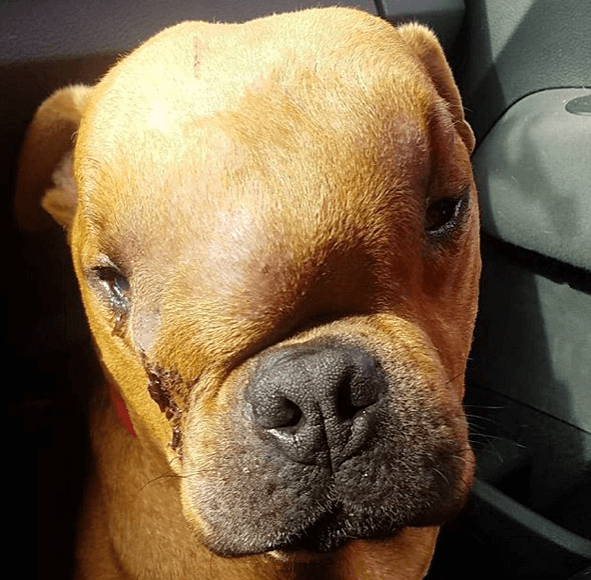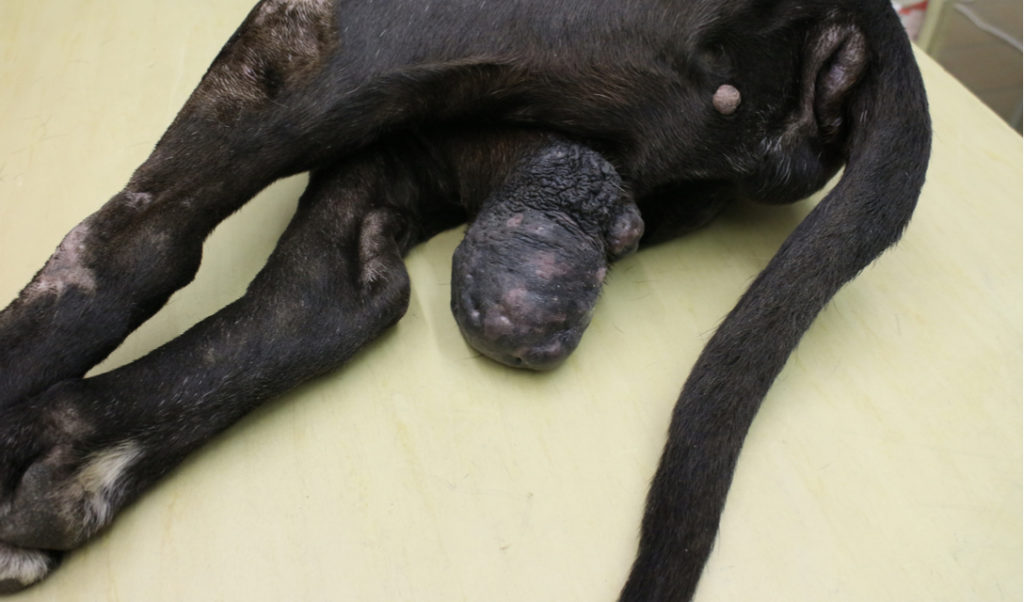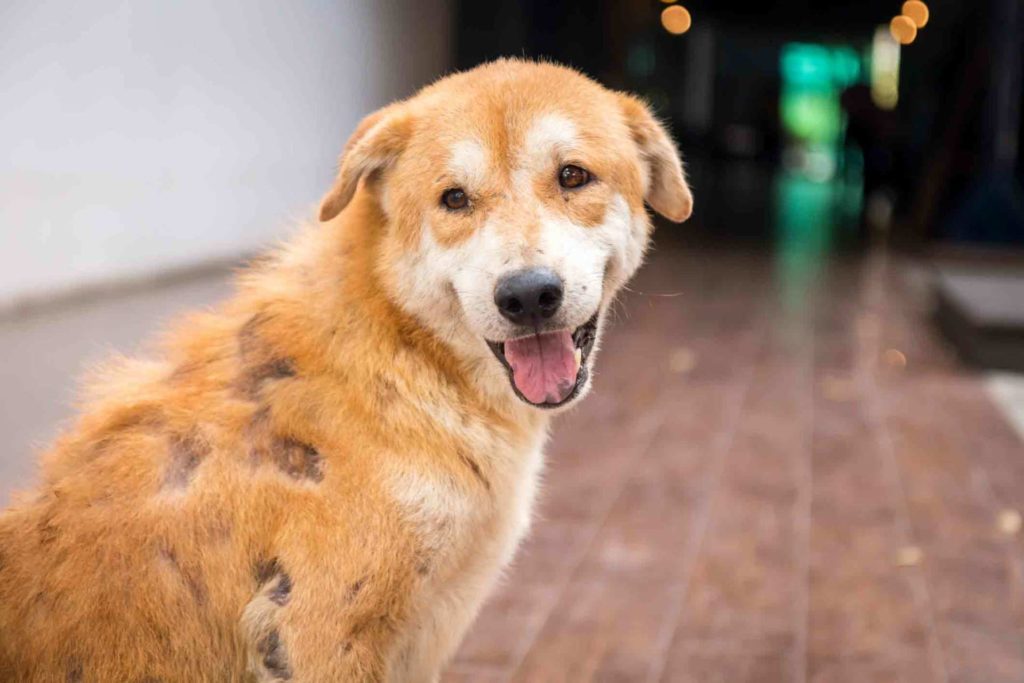Cancer is the uncontrolled growth of cells in the body. These cells can come from any type of tissue in the body, and if not found and stopped soon enough, they can grow into tumors that grow into bigger masses. These cancerous cells can spread throughout the body.
This disease is relatively common in dogs. It’s something we tend to see more of as they age, and sometimes even in younger dogs. However, it’s not something you typically see in dogs at a young age.

It is the leading cause of death in dogs over ten years old. But half of all cancers are curable if caught early. Dogs, like humans, can get a variety of cancers for which people are at risk: canine breast cancer and cervical cancer (in both), prostate cancer (dogs only), and skin cancer (both).
There are a number of signs of this disease in dogs. Some, however, may be easy to spot while others may not. A dog’s symptoms can vary greatly depending upon the amount and location of the disease. Many animals do not display any symptoms of tumors until the tumor is very large. Some signs that your dog has this include:
Lumps and bumps on the dog skin, Abdominal distension, Change in appetite, Weight loss, breathing difficulty, Lethargy, unhealed wound, pain, discharge from the opening.
Table of Contents
Types of Cancer
The most common types of dog cancer are osteosarcoma, lymphoma, melanomas, and mast cell tumors.
- Lymphoma: This type of cancer is the most common disease in dogs, accounting for about 50% of tumors that originate in the bone marrow. In general, it affects older dogs but can occur at any age. Lymphoma most commonly affects the spleen and lymph nodes, although it can also develop in other organs such as the liver or lungs.
- Osteosarcoma: The most common type of bone cancer in dogs is osteosarcoma. This form of the disease affects many areas, but it mostly occurs around the shoulder, wrist, and knee. Osteosarcoma mainly affects large breeds of dogs as well as older dogs.
- Melanomas: Melanomas tend to occur in areas of hair skin. They usually form small, dark (brown to black) lumps, but can also appear as large, flat, wrinkled masses. Melanoma in dogs is usually a benign tumor, although it can cause severe discomfort. In contrast, malignant melanoma in the mouth or on the distal limbs leads to a disease that cannot be healed.
- Mast cell tumors: Mast cell tumors are a common tumor among dogs. Mast cells are immune cells that cause allergies, and they can be found in all tissues of the body. They commonly form on the skin but can also occur elsewhere. MCTs range from being relatively benign to extremely aggressive, spreading through the body and leading to death.
- Histiocytic sarcoma: This form affects larger sport breeds most often. It occurs as localized lesions in the spleen, lymph nodes, lung, bone marrow, skin and subcutis (the layer of tissue under the skin), brain, and periarticular tissue of large appendicular (limb) joints. Histiocytic sarcomas can also occur as multiple lesions in a single organ before moving to other organs.
- Bladder type: A few dog breeds are more at risk for this form of dog disease than others. These cancers can take up to 6 months to develop, and symptoms may not show up until 3 to 6 months. Symptoms include urinary obstruction and bleeding.
- Mouth and Nose Cancer: This is a common form of this type, especially in the mouth. Symptoms include a mass on the gums, bleeding from inside the lip, bad breath, and/or difficulty eating. Since many swellings are malignant, early treatment is essential. This may also develop in the nose of dogs. Bleeding from the nose or breathing problems can be symptoms of the nose.
Diagnosis of cancer in Dog
Diagnosis can be done by using X-rays and ultrasounds. Abdominal ultrasounds are also vital, and we sometimes do chest ultrasounds as well. We perform biopsies on lumps found on dogs to determine whether they’re benign or malignant.

Treatment in Dogs
There are several different ways to treat cancer in dogs.
- Chemotherapy can help with some types, but it may not be effective against all cancers.
- Surgery is often used to remove tumors and other growths.
- Radiation therapy can destroy certain areas of the body where tumors start growing. Combining methods work well for the treatment sometimes.





